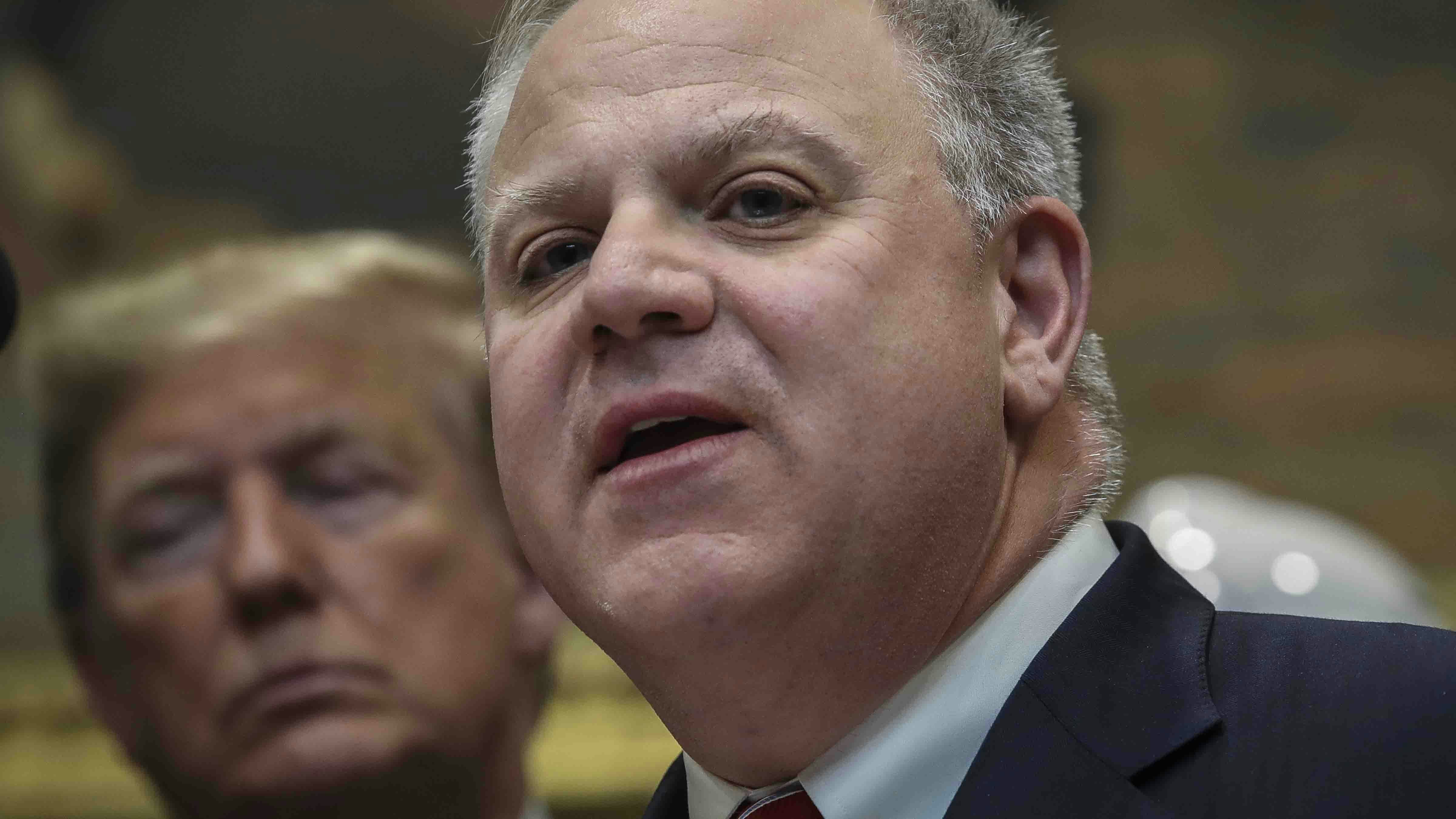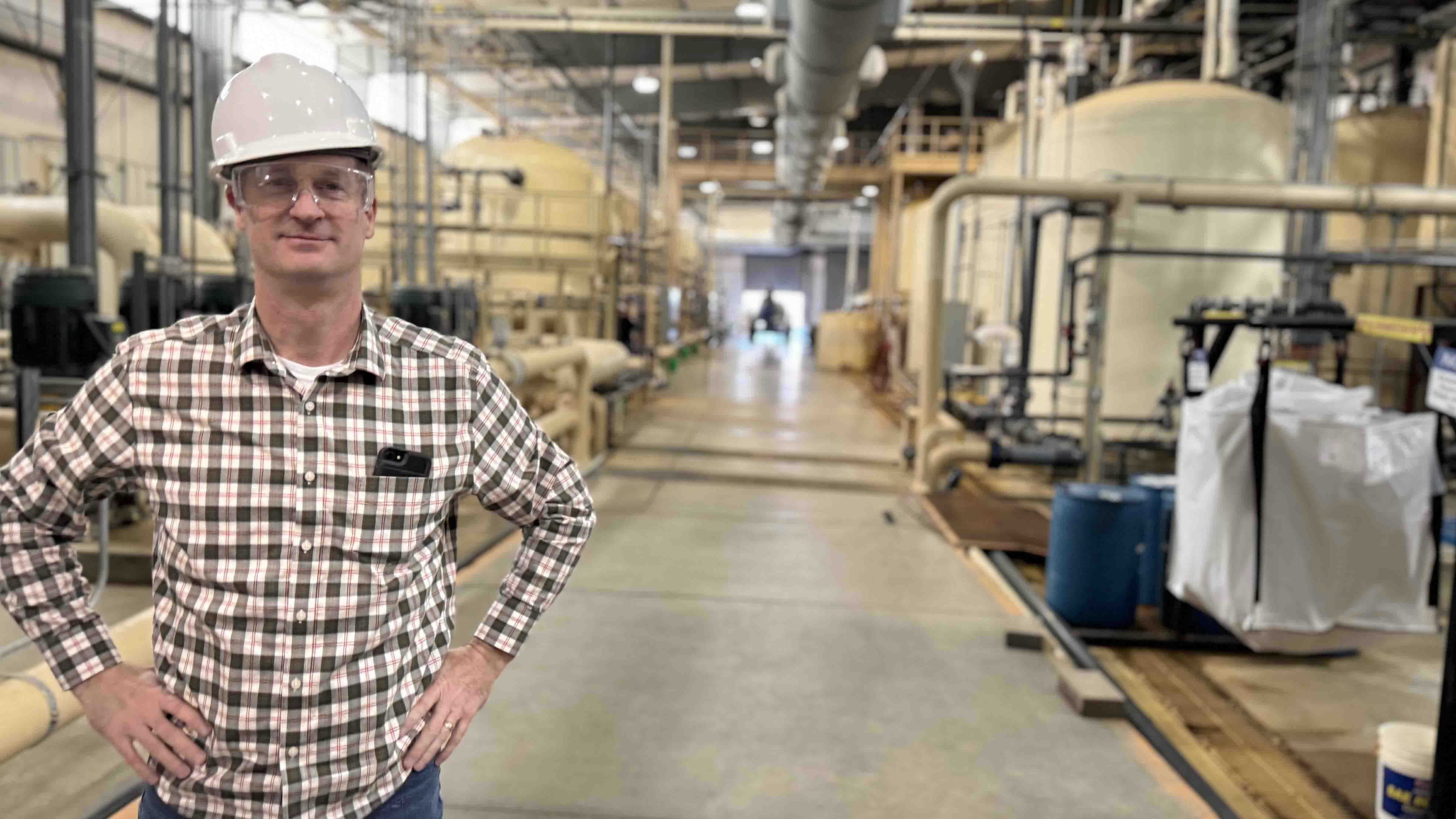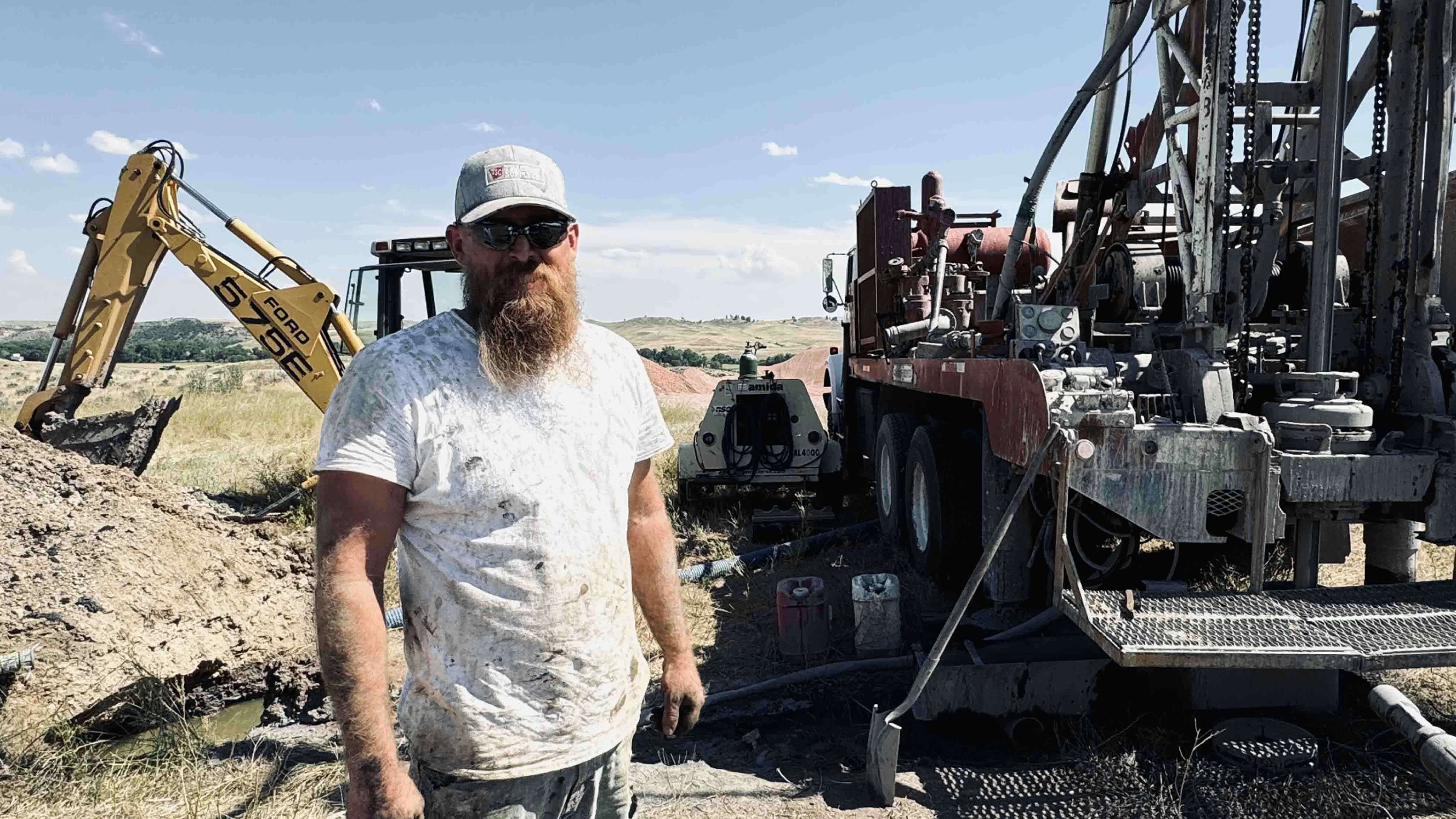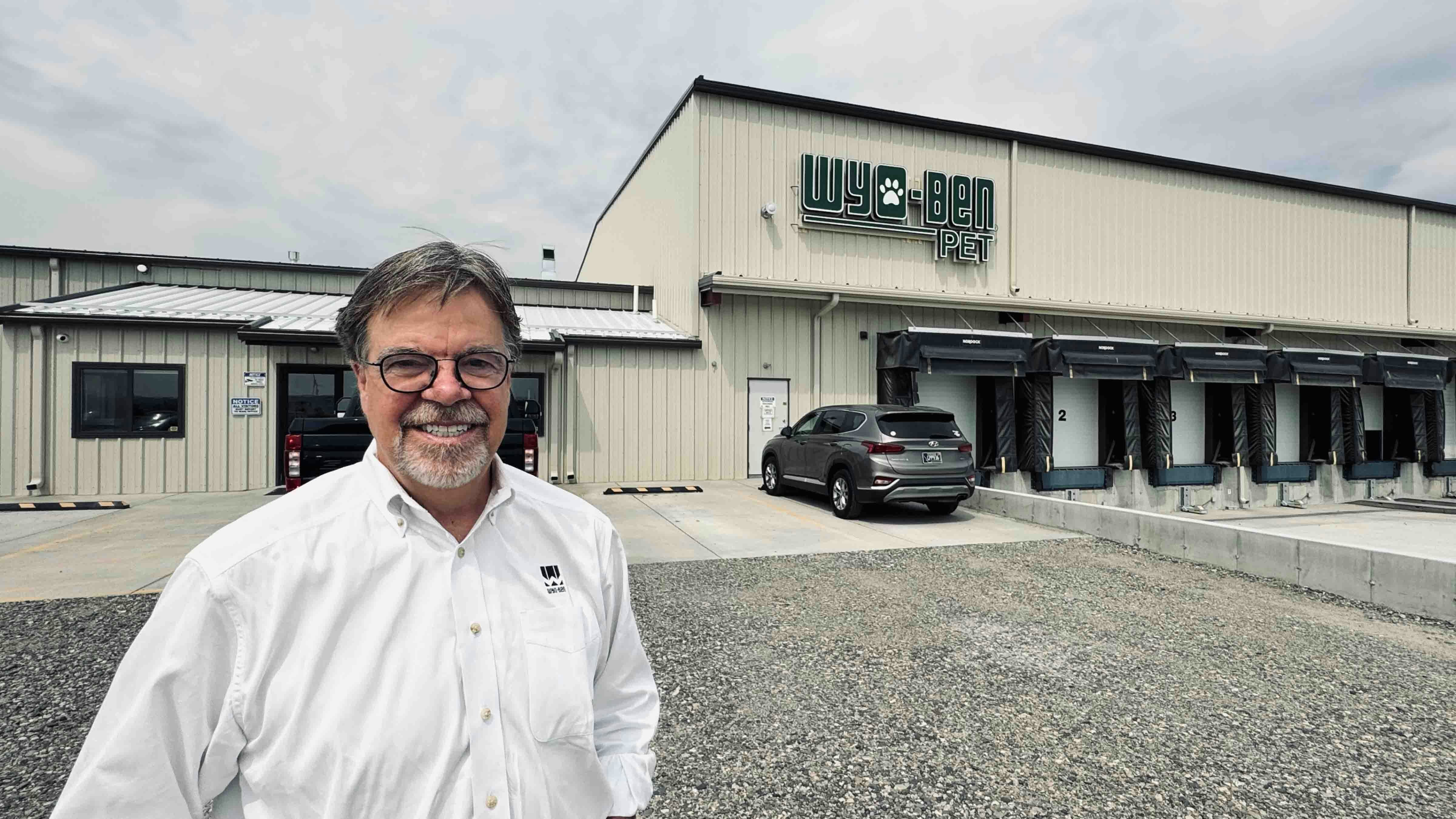American Rare Earths Ltd., which indicated earlier this year that its rare earth minerals project near Wheatland could need an infusion of $456 million to begin mine development and production, said Monday that it began test drilling at its Cowboy State mine to determine just how big its find really is.
The results of the test drilling will be used to draft a revised estimate on the amount of recoverable rare earth deposits at the Wheatland mine.
The test drilling is “crucial for upgrading our resource estimates and gathering essential data for pit design and environmental studies,” said American Rare Earths CEO Donald Swartz in a statement.
The Wheatland-area mine could be one of the richest rare earths deposits in the world with an estimated 2.34 billion tons of rare earth minerals.
But that estimate could be changed as a result of the testing at the Wheatland mine where a few dozen wells were drilled last week, a company spokeswoman said.
American Rare Earths, an Australian-founded exploration company working in Wyoming, wants to mine and process magnet metals, particularly neodymium and praseodymium, through its Wyoming Rare (USA) Inc. unit.
The rare earth minerals bonanza is the result of consumers starved for magnet metals integral to the green transition to electric vehicles, wind turbines, consumer goods, robots, military drones, missiles and chips needed for sophisticated computing power.
The company said it has drilled several thousands of feet of core wells since last week.
The test drilling campaign in the Cowboy State mine area will be used to upgrade estimates on resources at the mine, provide additional material for metallurgical test work and data to advance mine planning work, Swartz said.
American Rare Earths previously said in March that it could need $456 million to begin mine development and production, money that still needs to be raised by the tiny mining company valued at about one-fifth the initial project’s size.
Swartz previously told Cowboy State Daily that the investment is a realistic path to tangible production over the next few years at the Halleck Creek mine site, since renamed as the Cowboy State mine a few months ago.
The company is still going through state permitting to begin mining and build a processing operation on the Wheatland land, which is perhaps a few years away.
Swartz said that his company’s board of directors recommended that the project advance to the next stage of development. The initial phase will produce “a modest amount of separated rare earths, within a project area which is highly scalable over time,” he said.
The $456 million capital investment estimate was included in a “scoping study” along with other cost estimates and economic projections on development at the Halleck site in the Overton Mountain area, plus the value of the minerals that could potentially be mined over the next 30 years.
Production levels are expected to reach more than 64 million tons during the mine’s life, he said.
In April, the company’s big find in Wheatland attracted a $400 million buyout offer from a group of investors from California.
The offer to buy the Wyoming business was made by Papaya Growth Opportunity Corp. I, a special purpose acquisition company (SPAC) based out of Oakland, California, and underscores the kind of value American Rare Earths may have on its hands.
SPACs are essentially a corporate shell through which investor money is raised via a public offering. Shares in the companies tend to trade around their IPO prices, at least until there’s some movement to buy a company and take it public. A SPAC has anywhere from 18 months to two years to do an acquisition — and in some cases can get an extension to do a deal.
Pat Maio can be reached at pat@cowboystatedaily.com.





